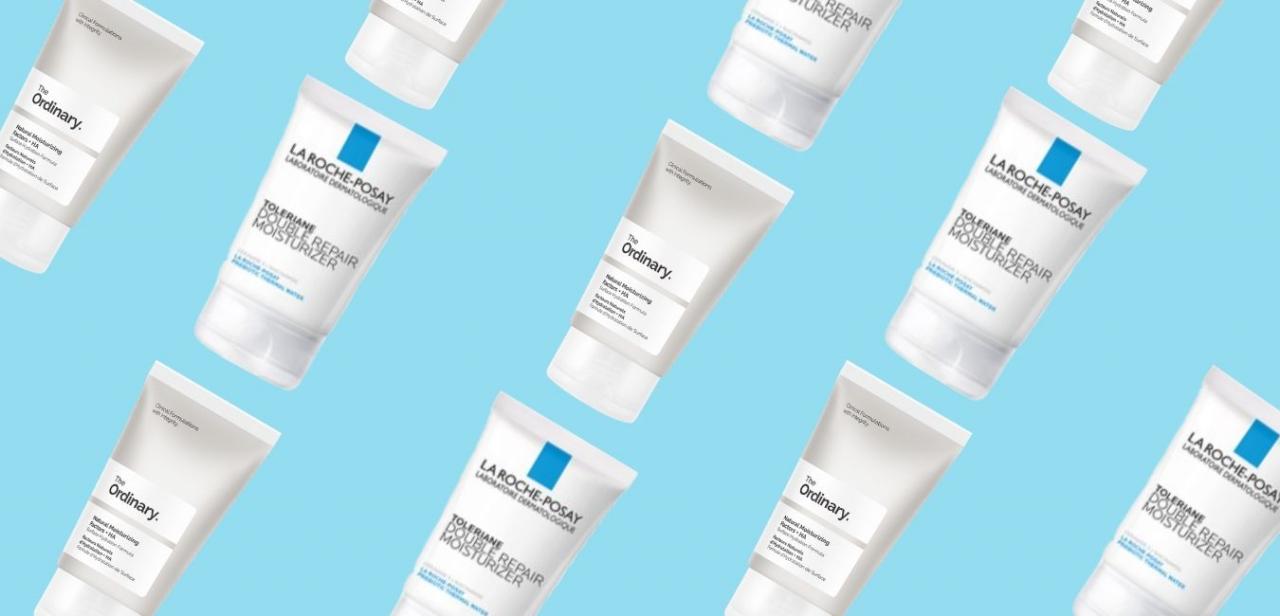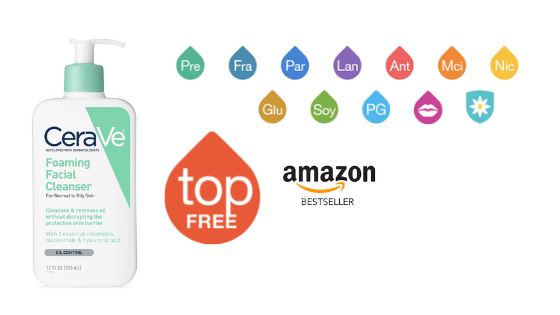Acne is a skin condition marked by pimples or zits and other blemishes. For some people, the skin recovers after pimples fade. But people with more serious acne can develop permanent scars on the face, neck, and back. Acne scar treatments generally focus on minimizing the appearance of scars and restoring a smoother surface to the skin.
Acne scars are grouped into two categories:
• Hypertrophic scars are raised above the level of surrounding skin.
• Atrophic scars cause uneven skin with pits, pockmarks, or rolling waves.
Two treatments that can help lessen the appearance of atrophic scars are subcision and dermal fillers.
Subcision
Subcutaneous incision, which is also known as subcision, is a procedure used to treat atrophic scars including rolling scars under the skin. Rolling scars form when fibrous bands of collagen bind portions of the upper and lower layers of the skin together. Areas without extra collagen can separate or float apart, giving skin the appearance of rolling hills rather than a smooth surface.
Subcision is a surgical procedure used to smooth rolling scars by cutting through the collagen fibers to release the skin layers so they can level out. A special beveled needle or small scalpel is inserted between the layers of the skin to cut through bands of collagen. This procedure often causes bruising that can last up to a week. Other possible side effects include bleeding and the formation of nodules under the skin which could require treatment with injected corticosteroids.
Dermal Tissue Fillers
Tissue fillers are substances including collagen and fat that are injected under the surface of the skin. When pimples or zits rupture under the skin, portions of the surrounding tissue can be damaged. If the body is not able to repair or replace all of the damaged tissue, the surface of the skin can sink or have the appearance of pockmarks. Tissue fillers replace missing skin tissue to help restore a level surface on the skin. While this procedure can make scars less noticeable, fillers are gradually absorbed by the body. When this happens, scarring will reappear unless the injections are repeated every few months.
If you have acne scars, talk to your dermatologist to find out the best treatments to take care of your skin and lessen the appearance of scars.
Sources:
About.com: Acne. The Most Effective Acne Scar Treatment Procedures. Angela Palmer. Web. August 8, 2011.
http://acne.about.com/od/livingwithacne/a/scartreatments.htm
About.com: Dermatology. Acne Scar Treatment Procedures. Heather Brannon, MD. Web. August 8, 2011.
http://dermatology.about.com/cs/acnescars/a/acnescars_3.htm
Mayo Clinic. What’s the best treatment for acne scars? Lawrence E. Ginson, M.D. Web. August 8, 2011
http://www.mayoclinic.com/health/acne-scars/AN01835
Reviewed August 9, 2011
by Michele Blacksberg R.N.
Edited by Jody Smith






Add a CommentComments
There are no comments yet. Be the first one and get the conversation started!